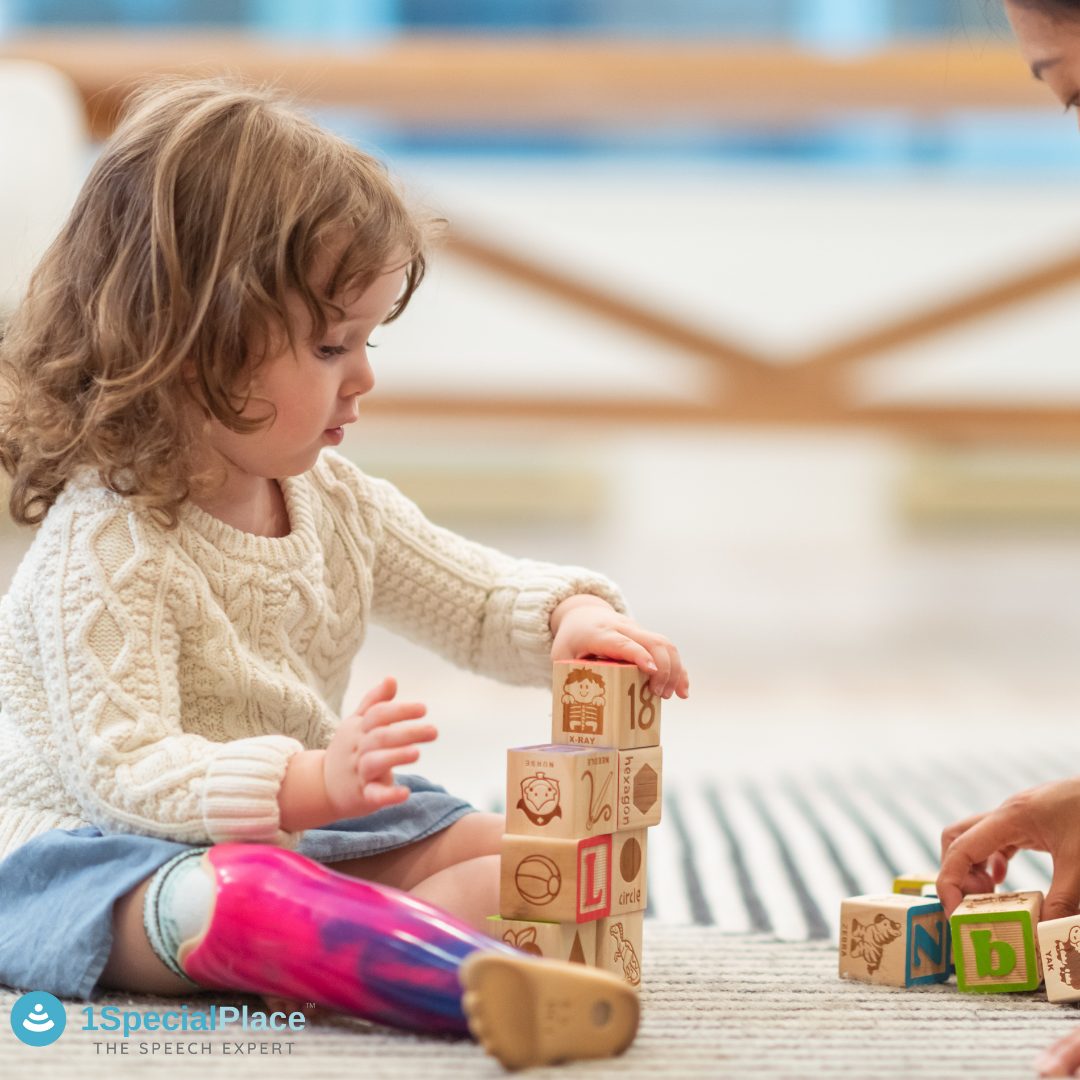
Occupational Therapy Skills at Home
Occupational Therapy Skills at Home
Various skills are necessary for functional Independence. Note that, these change according to the age of the individuals. And yes, it is possible to learn Occupational Therapy skills at home, using everyday materials available.
Let us look at Occupational Therapy skills at home that facilitate meaningful interaction in work, play, and leisure activities.
So what skills are we looking at?
To begin with:
Gross motor movements:
Occupational Therapy skills at home for Gross Motor training are abundantly received through:
- Running, climbing, jumping, kicking, crawling, creeping, animal walks
Creeping can be done on road made of pillows, or a folded bedsheet, Remember, it provides excellent proprioceptive feedback. It is more fun while going under a chairs tunnel or a play tunnel. Make it as much fun as possible for maximum involvement.
- A ball in a sock tied to a string is a fantastic coordination and reaction time activity. Hit the ball correctly and duck to save yourself!
- Ride a scooter in standing, move between the obstacles of toys spread on the floor. Find your way!!
Fine motor skills at Home:
- Cutting atta dough and boiled spaghetti with a butter knife. Also, cutting of basic shapes and curves with scissors under parental guidance.
- For various grasps, like pencil grasp: placing and picking cards, cloth pins, tongs,
- Pincer grasp: by picking coins, using small tongs to pick beans
- Finger identification and isolation: puppet games, finger dabbing
- Tactile sensory play: foam squeezing, grains, shaving foam tracing, sensory tray-based activities
Read more about Motor skills here
Bilateral integration
Good bilateral integration shows that both sides of the brain are working well, communicating, interacting for meaningful interaction with the surroundings. Typically, bilateral integration happens when one hand stabilizes and the other hand mobilizes to work. An example is the use of scissors, crayons, painting, holding a stacker and putting the rings in, and so on. Good body awareness also contributes to good bilateral integration.
A) Bilateral Integration stimulation activities:
- Beading
- Lacing
- Coloring
- Paper tearing
- Sticking
B) For good body awareness:
- Imitation of body movements as shown by parents or siblings
- Performing animal walks
- Ball games catch and throw, kick, and fetch
To read about Occupational Therapy skills to learn Play, click here
Visual Skills:
Visual perception: it is a skill of the brain to make sense of what is seen by the eyes.
There are diverse types of visual perception skills:
- Form constancy is the ability to identify the same shape anywhere, even if they are different objects. Understanding a ball is a circle and an Idli is also a circle in shape
- Visual memory: It is the ability to remember something and recall soon after. For children, this ability helps with reading a word on the board and writing it in the book, without having to look at the board again.
- Visual-Spatial Relation: Understanding the orientation of alphabets is one example of spatial relation. This helps the child understand different alphabets like p, d
- Visual discrimination: It is the ability to identify minute differences of similar-looking objects. These include identifying different coins or identifying an orange from a sweet lime.
- Visual closure: this skill helps with identifying the object when only a part of the object is visible. This skill helps a child to identify books from the bag and toys from a drawer.
- Figure-ground: This skill helps a child to find a toy or socks from a stack of clothes.
Different activities for visual perception skills at home are:
- Join the dots on a board
- Find the hidden objects from a box
- Placing alphabets between two clay lines to understand the orientation
- Find all the circle shapes in the kitchen
Visual-Motor Coordination:
- Mazes
- Stacking glasses or blocks
- Water play, water through a funnel, from one glass to another
- Spraying water on a potted plant
Tactile tolerance:
At home, this is achieved during the use of flour play, dough play. Also, using natural colors like turmeric, beetroot to make colors to finger dab, in case a child is still mouthing. Then, cutting shapes, cutting dough rolls, helping shape cookies with cookie cutters help too. Activities like mashing a banana or a boiled potato, designs, or alphabets with boiled pasta provide an expanse of tactile inputs.
Proprioceptive difficulties cause a child to appear clumsy, use less or more force, drop things often. A child finds it difficult to apply the right amount of pressure during any activity, be it writing or closing the doors.
Help a child with animal walks or take turns to jump across a rope. Ask the child to jump out and in a hula hoop.
Activities of Daily Living:
Remember, these skills are best learned in a child’s natural habitat. Also, working on strengthening, body awareness, tactile tolerance, and visual perception helps a child excellently. This is because these skills relate to his writing abilities. Improved hand use is observed while dressing as also crossing midline to scratch, dress, comb.
Eye-hand coordination activities like target games will eventually help with self-feeding too.
Thus we saw, how, many OT skills can be learned at home through an array of activities.
Get in touch with us here if you think we can help your child.
- Efficacy of Online Occupational Therapy in the management of Autism: A Case Study - July 21, 2023
- Occupational Therapy for Toddlers with Developmental Delays - June 13, 2023
- Is it a Sensory or Behaviour problem? - March 17, 2023

Leave a Comment
(0 Comments)